We were lucky to catch up with Brandon Sharp recently and have shared our conversation below.
Brandon, thanks for taking the time to share your stories with us today Can you tell us about an important lesson you learned while working at a prior job?
My first management job was at Restaurant August in New Orleans. When I buttoned up the embroidered jacket of the Executive Sous Chef for the first time and took command of that kitchen, here are some of the good habits I tried to get across to the riotously motley crew:
Cook a timely and delicious family meal.
Arrive early. Stay late.
Keep the floors clean.
Label food items with dates and initials.
Strain sauces through a chinois.
Work fast and clean.
Here are the tactics I employed to get those habits across:
Leading by example.
Here’s how that strategy went over:
Ever seen Titanic?
I got there early. I stayed late. I cleaned up after them. All of that is part of the job of any manager, but especially a first-timer like I was. I could not make any headway, however, with getting them to follow me down the road of constant incremental improvement: Miguel still sat down on a stack of glass racks every time he got to food-milling a five gallon batch of crab bourride; Alex still swept the floor like a blind curler with an invisible dustpan; Louis still took the guest elevator to the second floor pastry kitchen instead of using the stairs.
To this day, when I interview sous chef candidates, almost every one of them says that they lead by example when I ask them to describe their leadership style. That response tells me that they either haven’t been leading for long or with a self-critical eye, or both.
There is a mechanical method to holding your team accountable to performing tasks. (I didn’t come up with this, but it was taught to me so long ago that I can’t credit the person who did). You’ve probably heard it before. The feedback loop for training is as follows:
Tell.
Show.
Observe.
Provide feedback, and repeat the cycle until the standard is achieved.
As the exec sous chef at August, I had the habit of telling people what to do without the follow-through of steps two through four. That failure of mine not only hampered their growth but increased my workload and my frustration.
In most professional kitchens, time is so precious that thorough training is an unattainable luxury. In the best professional kitchens, training is a sine qua non and a sacred crucible. Again, credit for the following phrase is lost in my spotty memory, but it’s a rough truism that “you get what you train.”
What is the result of lackluster training? Inconsistency. What do the best restaurants provide? Consistency. The guest should not be able to discern from the quality of her experience whether the chef is behind the stove, in the kitchen office, or at the craps table.
Leading by example will ultimately lead to frustration with all but the most self-motivated cooks. Are all cooks good learners? No. Are all cooks coachable? No. But almost all human beings like to be challenged; almost all get satisfaction out of conquering those challenges.
You need not gamify your approach to training and goal-setting, but your kitchen can provide the ideal framework for short-, medium- and long-term challenges (e.g., master this recipe; move up from garde manger to poissonier; contribute your ideas and compositions to the menu). When you’ve set this up and communicated it clearly, your team members have several horizons ahead of them.
These horizons should be anything but arbitrary. They should benefit both the employee and the company. If one of the goals is a quantifiable cost-cutting measure, how will it benefit the employee? If it’s an R&D project that provides great learning and insight for the employee but no ROI (Return On Investment), how will it benefit the company?
I did none of this as the exec sous at August. Yes, we put out great food, the restaurant made money, the guests loved the experience, and we got the maximum rating (Four Beans) from Brett Anderson of the Times-Picayune. But I shake my head while typing this and remembering some of my methods when I was in charge (Chef Besh promoted me to Chef de Cuisine after a year, and he was gone for days and weeks at a time preparing to open Besh Steakhouse at the Harrah’s Casino a couple blocks away).
For instance, August was closed on Sundays, so at the end of every Saturday night service, I’d get a bottle of Sam Adams Boston Lager from Dustin the bartender, sit in the back dining room, and hand-draw, with a pencil, a matrix for the coming week’s schedule. (In the restaurants I own now, all managers in all departments are required to have the coming week’s schedule posted online in Schedulefly or Google sheets no later than 4pm on Thursdays.) How could I possibly hold cooks accountable to any sort of goals when I wasn’t even telling them the coming week’s schedule more than forty-eight hours ahead of time?
Many of my actions or directives must’ve seemed arbitrary to them, therefore open to question, and therefore open to dispute, disobey, or ignore. So is it any wonder that leading by example didn’t work, even when the example was a good one?
As will become clear in forthcoming stories of the gory, glory days, much of my leadership learning was done in relative silhouette–by silently swearing I would not, given the chance, treat my own cooks the way I was being treated in this or that famous kitchen. On a brighter note, there have been many rays of mentoring sunshine that have burned through the tempest-tossed thunderheads of scowling chefs.
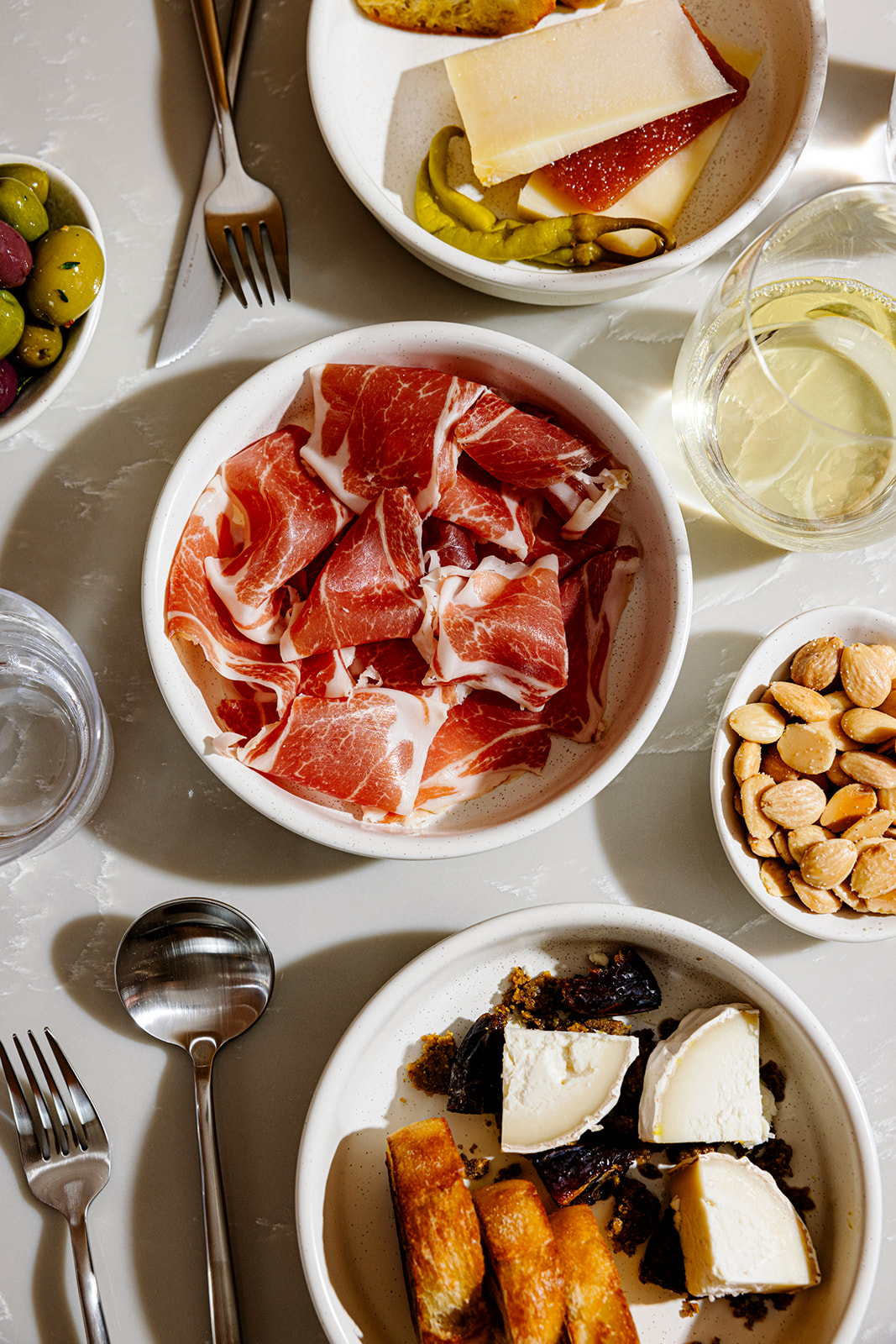
Brandon, before we move on to more of these sorts of questions, can you take some time to bring our readers up to speed on you and what you do?
I started in restaurants over thirty years ago. My career has been a gradual and organic progression from one restaurant to the next, all the while climbing the ladder of responsibly regarding management and now ownership roles. I worked in Michelin three-star restaurants along the way, and earned one Michelin star of my own for seven years in a row as the Executive Chef at Solbar in Napa Valley.
I currently own three restaurants in Chapel Hill, NC: Hawthorne & Wood, Bluebird, and Proximo. They range from California to Spain to France in terms of culinary themes, and from upscale casual to fine dining in terms of vibe.
My latest venture is called The Industry Standard. It’s a collection of stories, articles, and interviews, on both Spotify and Substack, whose mission is to pass on the tactics and strategies that I had to learn the hard way to the next generation of chefs and restaurateurs. You can find out more for free at
https://theindustrystandard.substack.com/
and
Again, I’ve created The Industry Standard to answer questions that I didn’t know to ask or was afraid to ask at the riskiest moments of my own journey from line cook to restaurant owner.
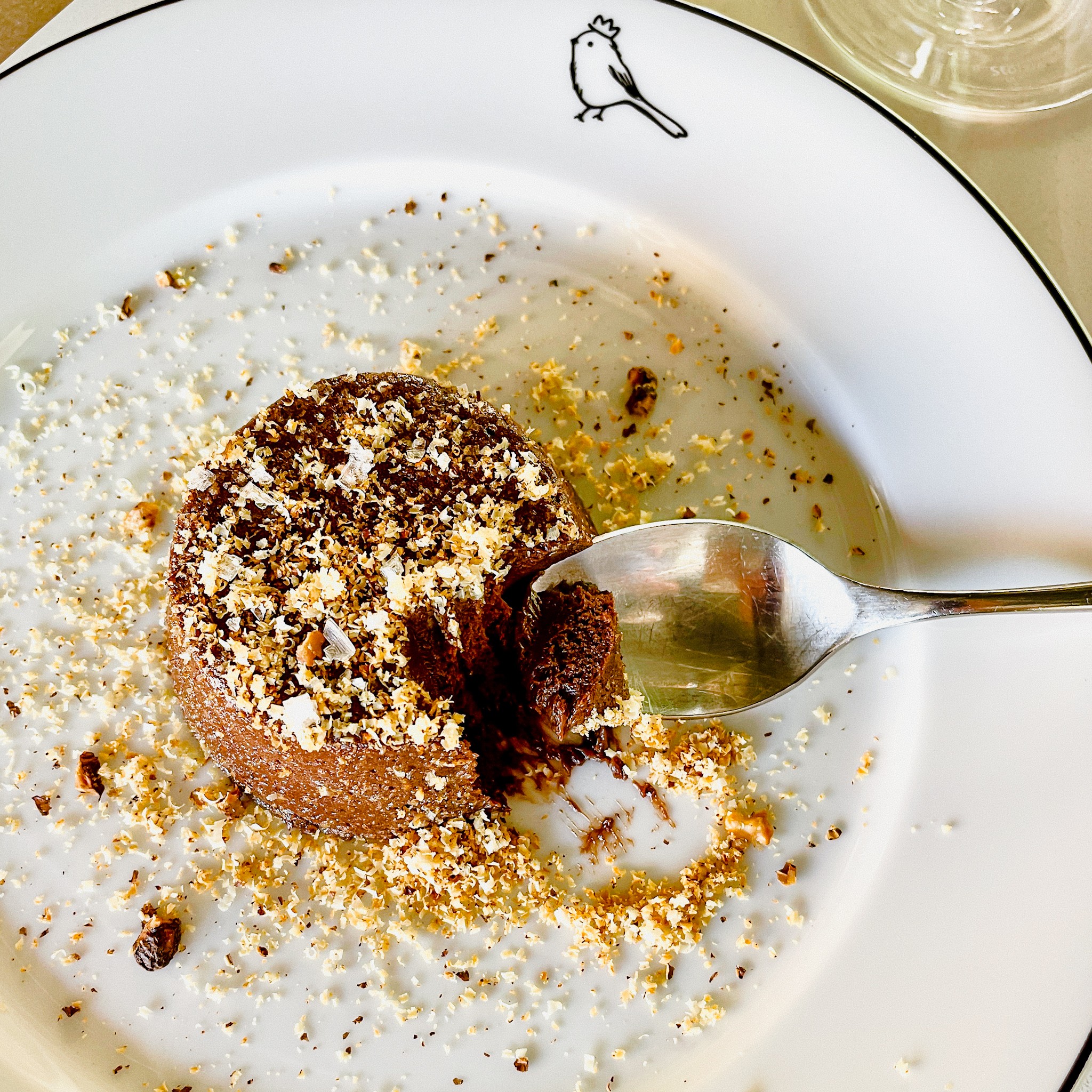
Do you have any stories of times when you almost missed payroll or any other near death experiences for your business?
During the first week of April 2023, our second restaurant, a French bistro called Bluebird, was about seven months old. My wife and kids and I were in Washington, DC seeing the sights during their schools’ spring break.
Bluebird’s build-out had been extensive–removing all interior walls, stripping everything back to the metal studs, installing all new HVAC, etc.–and cost overruns had been such that I and other investors had to make personal loans to the business just to get the doors open. Business was steady from the grand opening in July on, but Q1 2023 was a bit slow and I was still paying back construction costs.
Intent as I was on not stressing about work during that week, I did check emails first thing in the morning and again probably twice throughout the day. At some point that week I got a few vendor emails and texts from the chef that payment had been declined. To be so far away from the crisis, and expected to be a happy participant in a family vacation, only added to the stress and frustration of the bank account going to zero. Did I actually not have any idea what the hell I was doing? Black doubt began to creep in.
Despite being years deep in ownership, I hadn’t anticipated the perfect storm of payroll, rent, and a loan repayment to hit right when they did and clean us out. The account quickly rebounded on its own, and most importantly, all the paychecks cleared without issue. Bluebird clawed its way back from the brink and has been fine (*knock knock*) ever since.

Any thoughts, advice, or strategies you can share for fostering brand loyalty?
Dealing with positive reviews is easy, not to mention pleasant. We strive to answer them all, whether on Google, Resy, Yelp, and Tripadvisor. I do believe that reinforcement of their positive feedback brightens the afterglow of their experiences with us.
Negative reviews, while maddening and deflating, require even more attention. I need coaching from my co-workers not to light up some of the knuckleheads out there and their comments, but negative feedback is really one of the best ways for us to improve. And it gives us the chance to turn around a poor experience.
Several of our best return guests had a poor experience early on, but since we reached out to them, listened, and did our best to provide superior food and service when they returned, they have become regulars and supporters. Most folks just want to be listened to and know they’re not merely shouting into the void with their comments.
Contact Info:
- Website: https://the-industrystandard.com/
- Instagram: https://www.instagram.com/_theindustrystandard_/
- Linkedin: https://www.linkedin.com/company/the-industry-standard-for-culinary-professionals/?viewAsMember=true
- Twitter: https://x.com/StayHungry686
- Other: https://theindustrystandard.substack.com/
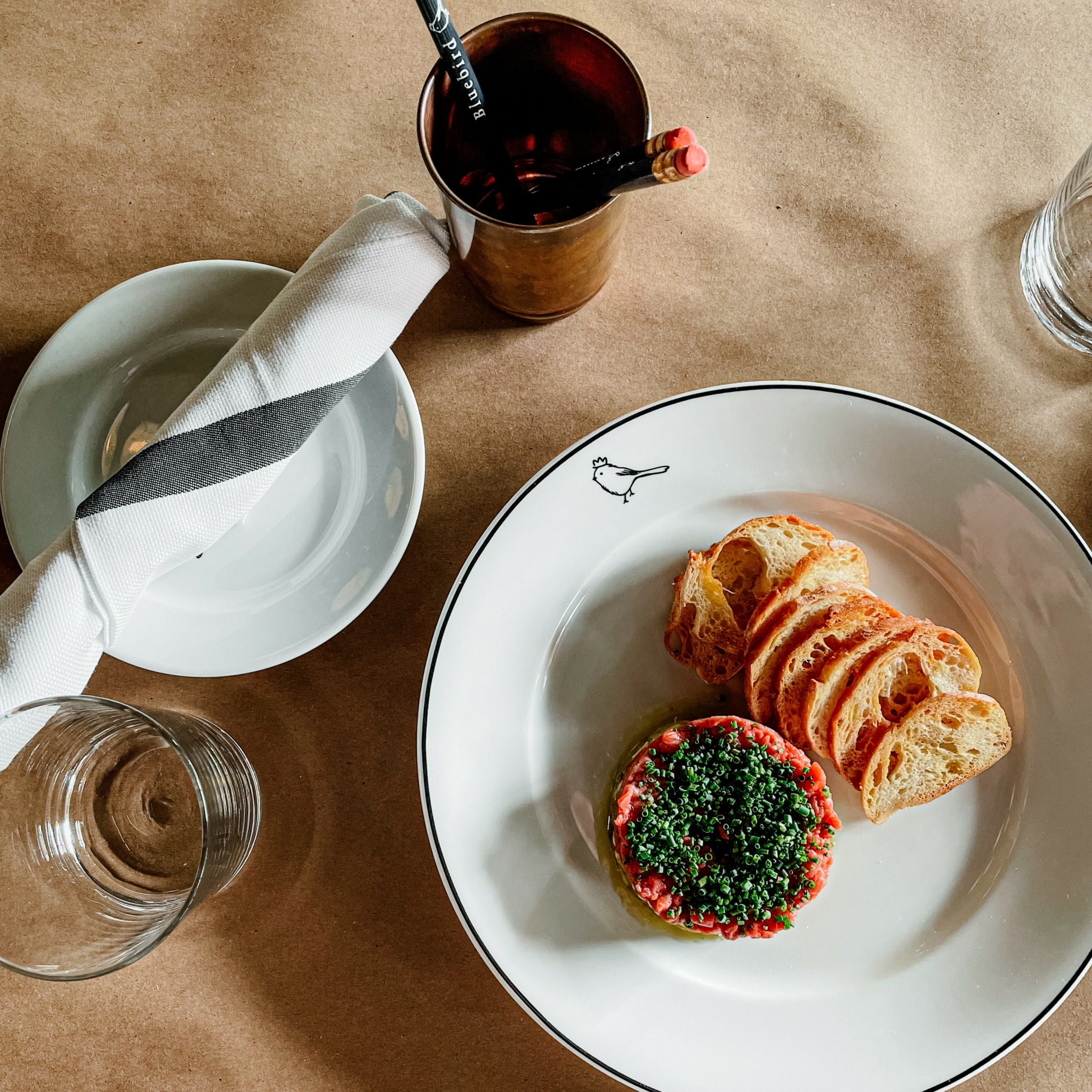
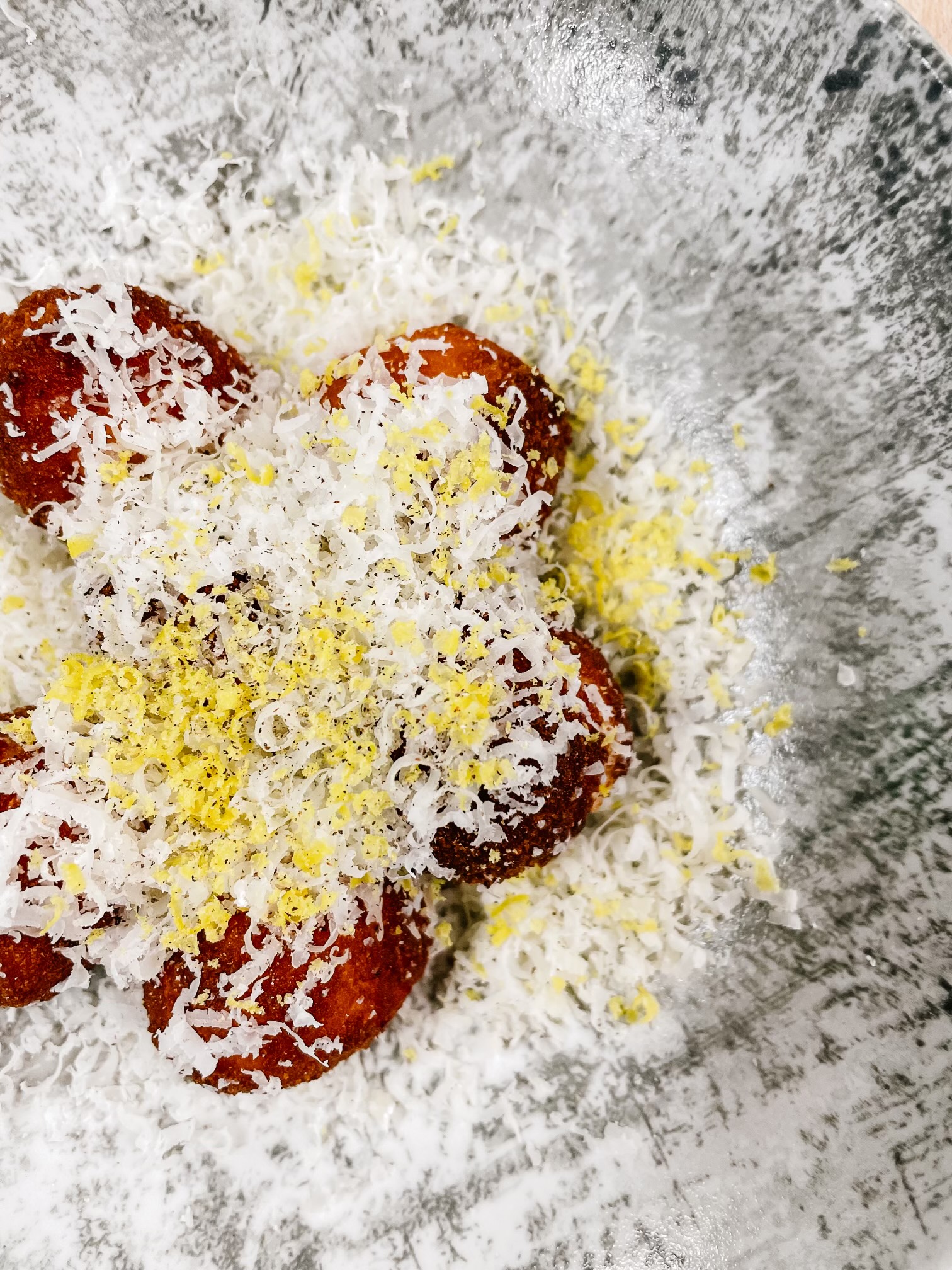

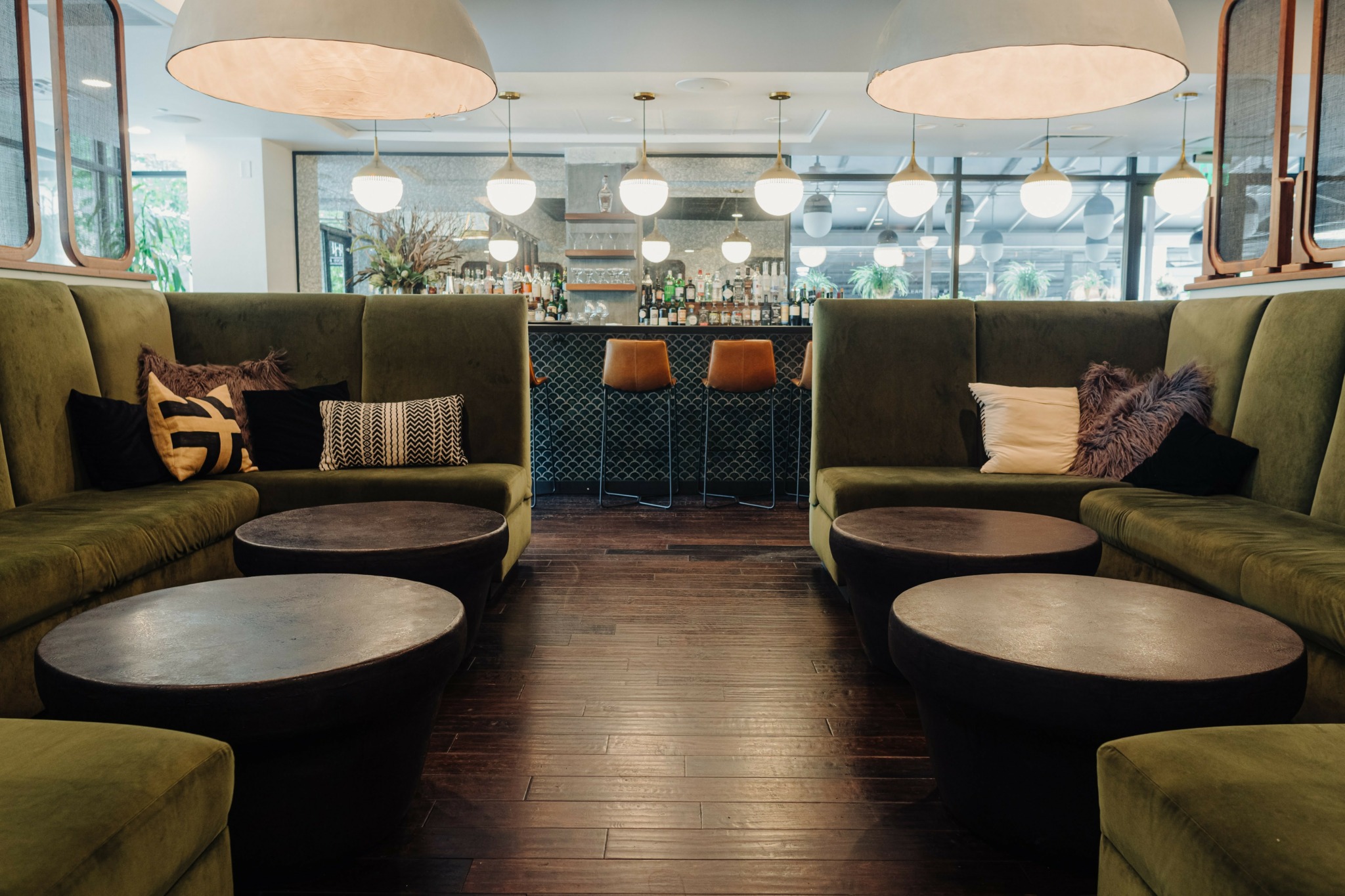
Image Credits
First Photo – Anna Routh Barzin
All other photos – Ryan Monroe


